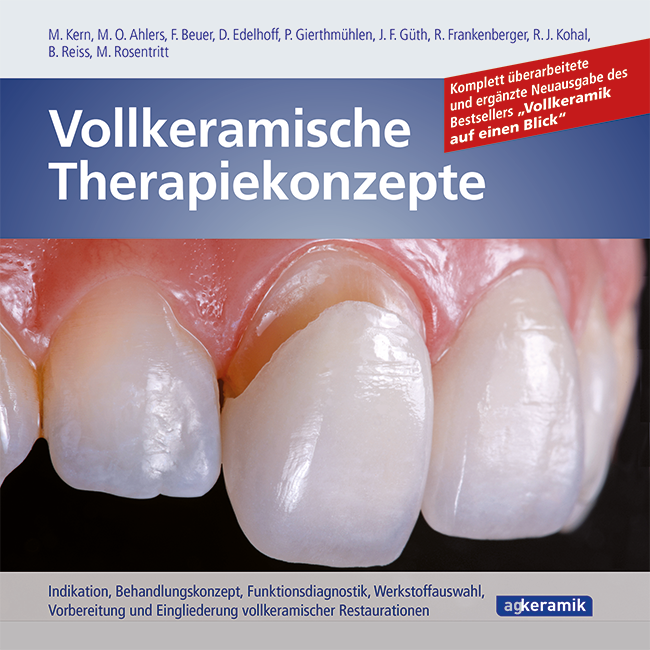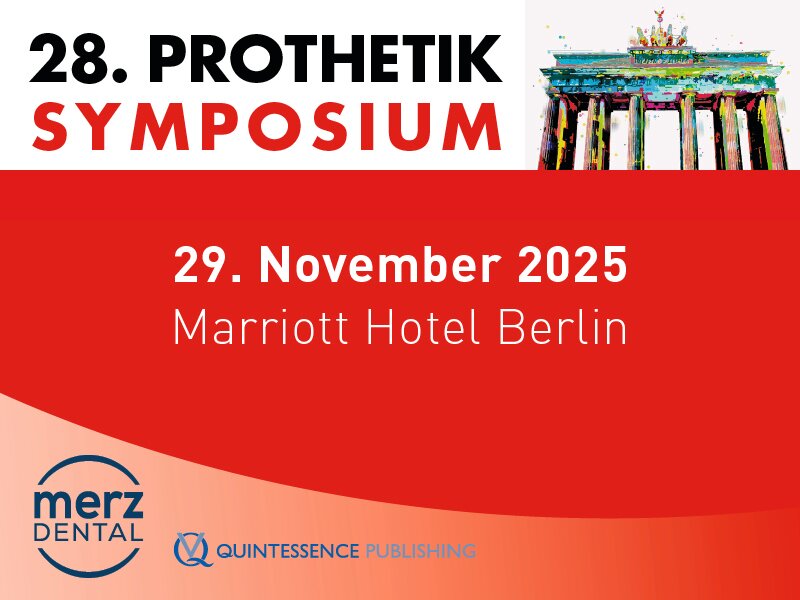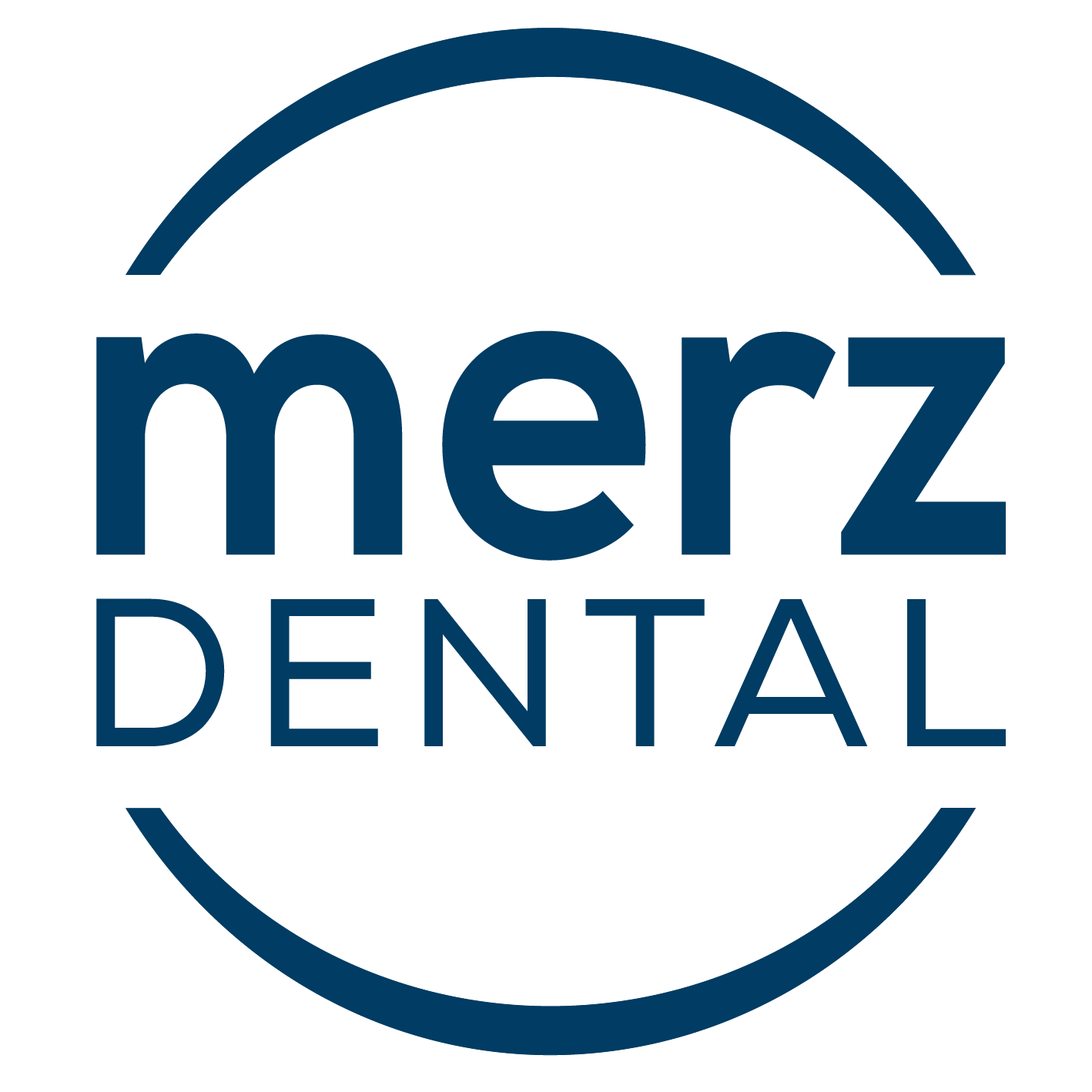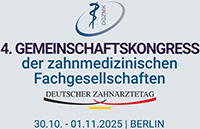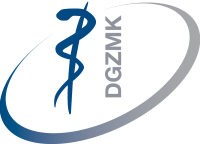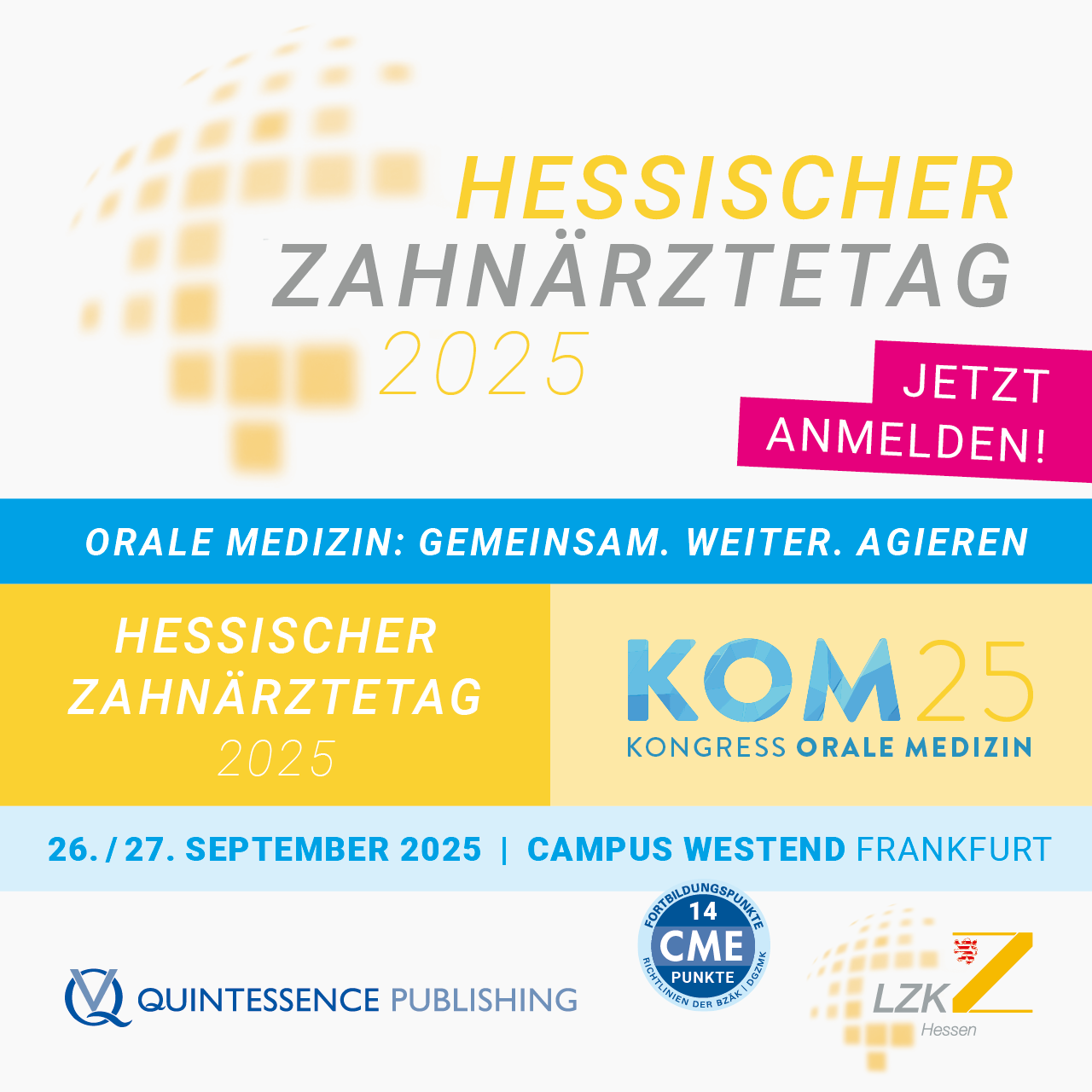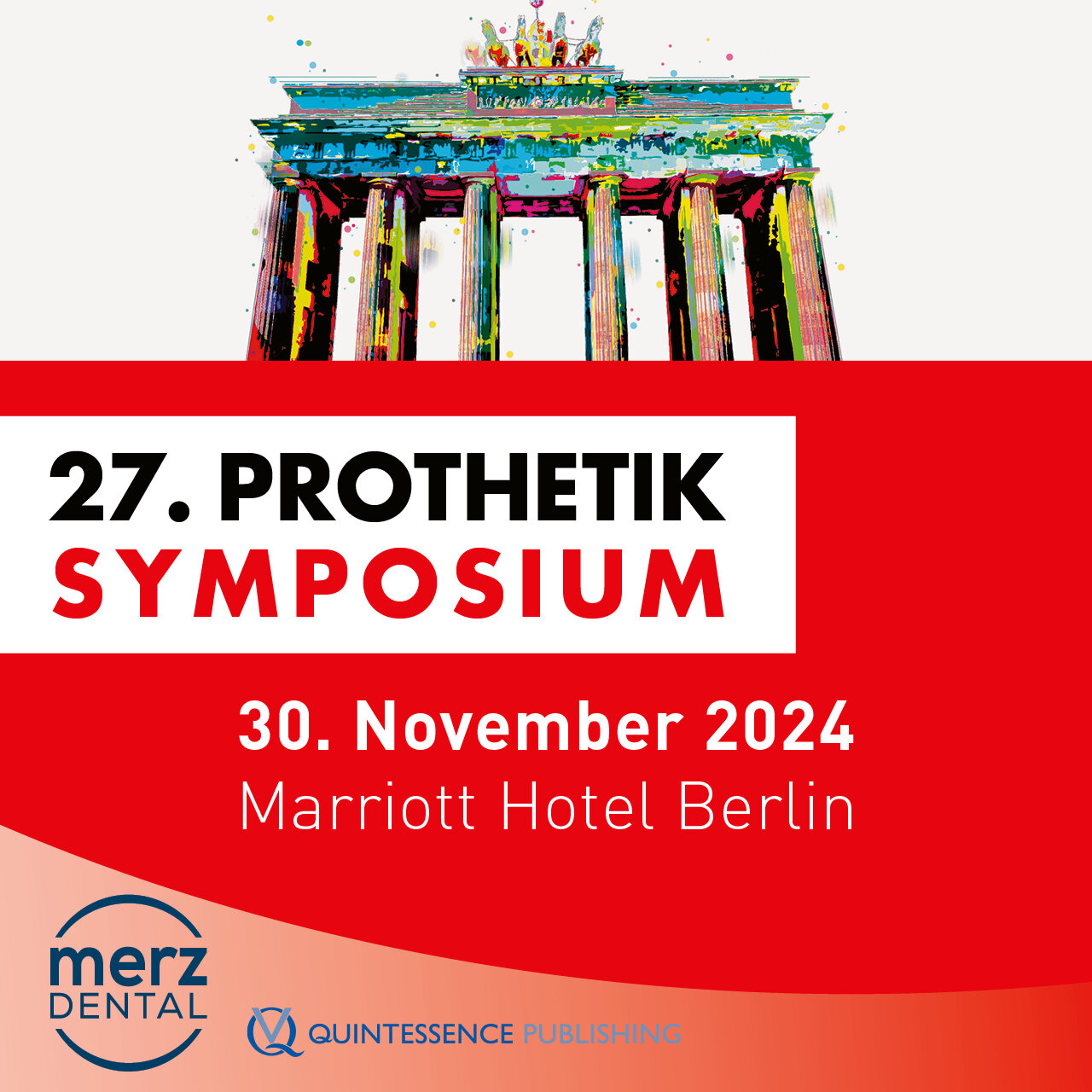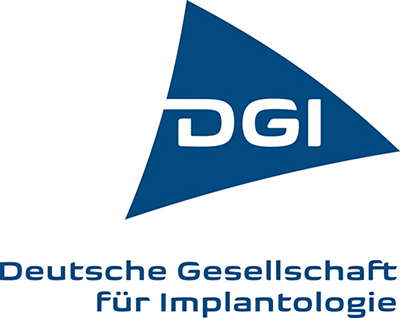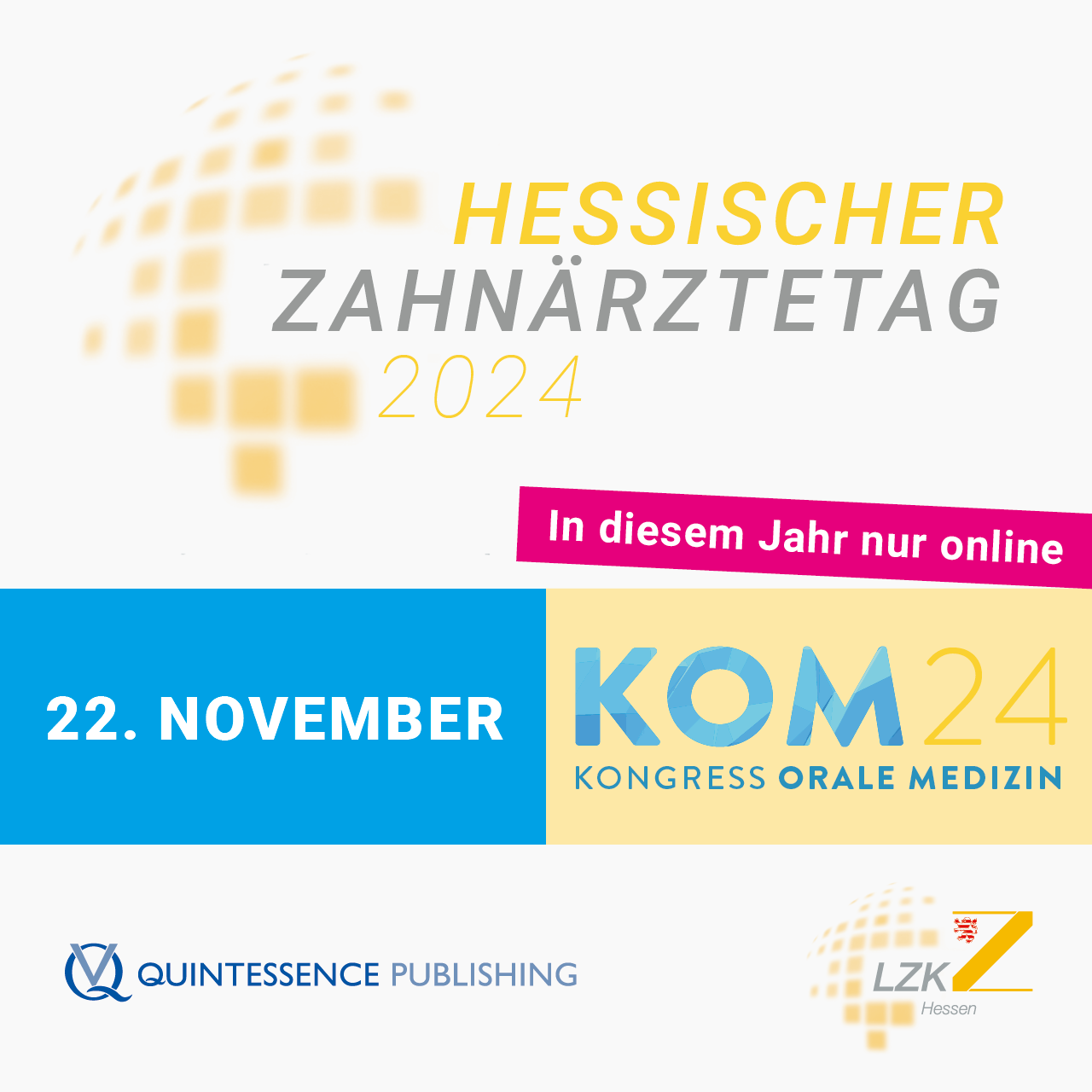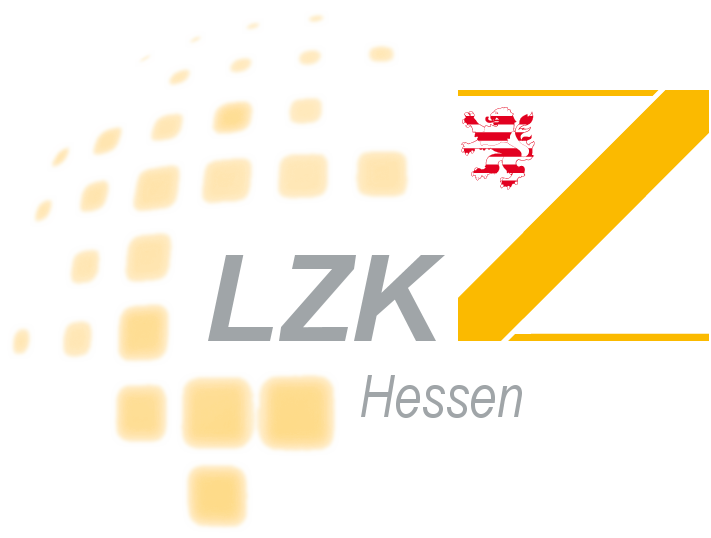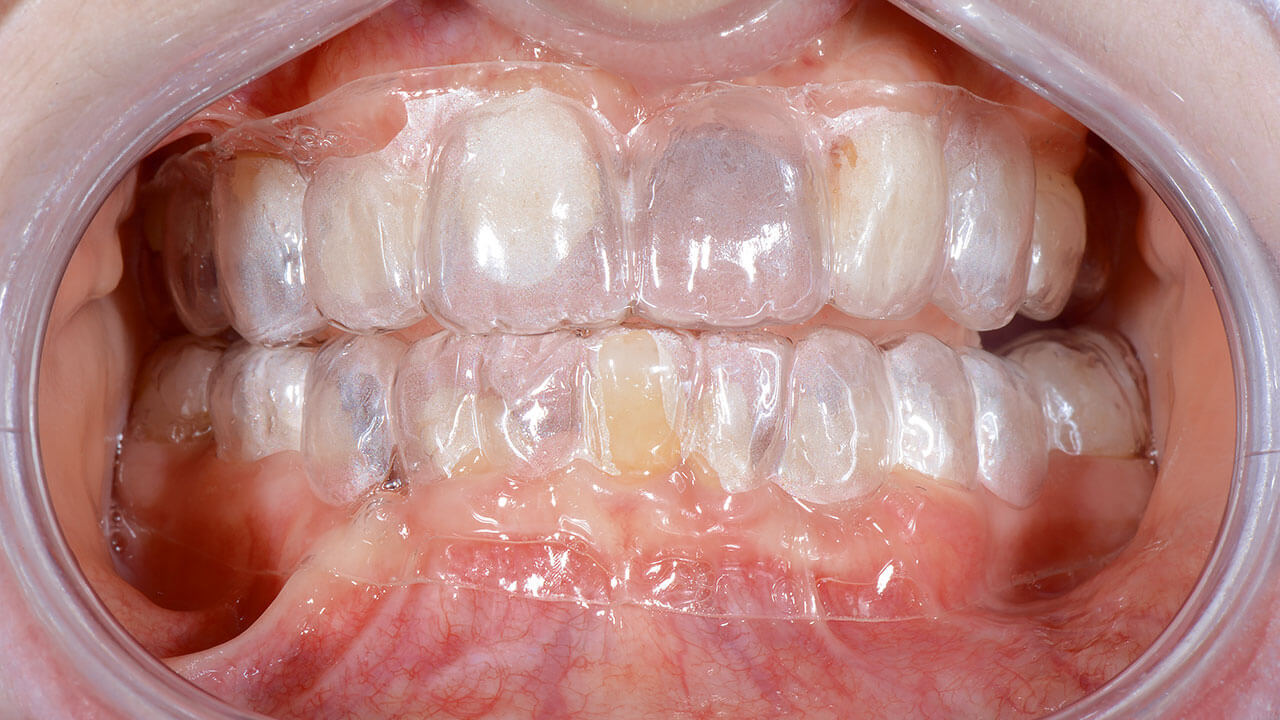International Journal of Computerized Dentistry, Pre-Print
ApplicationDOI: 10.3290/j.ijcd.b6090944, PubMed ID (PMID): 4014612827. Mar 2025,Pages 1-51, Language: English, GermanKordaß, Bernd / Ruge, Sebastian / Imhoff, Bruno / Güth, Jan-Frederik / Reich, Sven / Schlenz, Maximiliane A. / Hugger, Sybille / Hugger, AlfonsIn view of the rapid developments in digital dentistry (such as digital workflow and CAD/CAM processes), questions arise regarding digital occlusion, including the possibilities of occlusal analysis. This raises questions about definitions and terminology: What do we mean when we talk about occlusion in the context of digitization, especially in the case of digital models, and what are the potentials of digital occlusal analysis? Initial thoughts on this important topic will be presented in preparation for an upcoming guideline.
Keywords: digital patient, digital articulator, Digital occlusion, digital occlusion analysis, virtual articulator
Quintessenz Zahnmedizin, 6/2025
KinderzahnmedizinPages 527-538, Language: GermanDujic, Helena / Bücher, Katharina / Schüler, Ina Manuela / Schmidt, Peter / Hertel, Susann / Timpel, Julia / Jablonski-Momeni, Anahita / Schilke, Reinhard / Kapferer-Seebacher, Ines / Zschocke, Johannes / Liebermann, Anja / Güth, Jan-Frederik / Edelhoff, Daniel / Heinrich-Weltzien, Roswitha / Kühnisch, JanSeltene, genetisch bedingte Erkrankungen der Zähne betreffen über 400 Krankheitsbilder, deren genetische Ursachen mehrheitlich bekannt sind. Die jüngst publizierten evidenz- und konsensbasierten Empfehlungen der S3-Leitlinie unterstützen Zahnärztinnen und Zahnärzte in der Diagnostik und Therapie dieser Patientengruppe. Neben der klinischen und röntgenologischen Diagnostik untermauert die Leitlinie die Bedeutung der genetischen Diagnostik, um den exakten Genotyp zu identifizieren und Erkrankungen mit einer systemischen Beteiligung zu diagnostizieren oder auszuschließen. Aus therapeutischer Sicht ist herauszustellen, dass die interdisziplinäre Betreuung und zahnärztliche Behandlung an das Alter bzw. den Entwicklungsstand der Dentition anzupassen sind. Die neu entwickelte Leitlinie schafft erstmals die Grundlage für eine evidenzbasierte Versorgung von Betroffenen mit seltenen Erkrankungen der Zähne, um deren Mundgesundheit und Lebensqualität nachhaltig zu verbessern.
Manuskripteingang: 18.03.2025, Manuskriptannahme: 19.03.2025
Keywords: Strukturstörungen der Zähne, Genetik, genetisch bedingte Erkrankungen, Diagnostik, zahnärztliche Therapie, Amelogenesis imperfecta (AI), Dentinogenesis imperfecta (DI), syndromale Oligodontie, ektodermale Dysplasie, hereditäre hypophosphatämische Rachitis, Hypophosphatasie, primäre Immundefizienz, Papillon-Lefèvre-Syndrom
Quintessenz Zahnmedizin, 6/2025
ImplantologiePages 515-524, Language: GermanEngelmann, Vincent-Jan / Gutmann, Pauline / Güth, Jan-Frederik / Parvini, Puria / Peter, Thorsten / Graf, TobiasDie digitale Implantatplanung basiert auf STL- und DICOM-Datensätzen sowie deren Verknüpfung in einer Planungssoftware. So sollen prothetische und chirurgische Gegebenheiten zusammengeführt, analysiert und unter diesen Aspekten dentale Implantate im Sinne des „Backward planning“ möglichst vorausschauend geplant werden. Die digital erstellte Implantatposition kann anschließend chirurgisch mithilfe einer (voll-)geführten Bohrschablone umgesetzt werden – wie anhand des Fallberichts dargestellt. Trotz vieler Vorteile ist die digitale Implantatplanung nicht frei von Einschränkungen. Fehler können beispielsweise bei der Datenakquise, der Segmentierung/Überlagerung, der Herstellung der Bohrschablone oder der Abstützung der Bohrschablone auftreten. Dennoch ist die geführte Implantation der konventionellen Implantation hinsichtlich möglicher Abweichungen zwischen der geplanten und der umgesetzten Implantatposition überlegen, woraus sich ein relevanter Mehrwert zum Wohle des Patienten ergibt.
Manuskripteingang: 22.02.2025, Manuskriptannahme: 03.03.2025
Keywords: STL, DICOM, digitale Implantatplanung, „Backward planning“, geführte Implantation
Parodontologie, 2/2025
Pages 147-160, Language: GermanStimmelmayr, Michael / Güth, Jan-Frederik / Krennmair, Gerald / Stangl, Martin / Graf, TobiasTherapieansätze für langzeitstabile ErgebnisseBrückenrestaurationen sind zum Ersatz fehlender Zähne nach wie vor häufige Therapiemittel im klinischen Alltag. Gerade im ästhetischen Bereich können sich Hart- und Weichgewebedefekte in Regionen mit Brückengliedern limitierend auf die Ästhetik und Parodontalhygiene auswirken und prothetisch anspruchsvoll zu versorgen sein. Parodontalchirurgische Weichgewebeaufbauten können dabei helfen, ein zufriedenstellendes Ergebnis zu erreichen. Art und Umfang der Weichgewebeaufbauten sind individuell und auch davon abhängig, ob der nicht erhaltungswürdige Zahn bereits entfernt oder noch in situ ist. Die vorliegenden Fallberichte stellen dabei autologe Herangehensweisen beim Vorliegen unterschiedlicher Ausgangssituationen in den Fokus: eine „Alveolar ridge preservation“ bei Vorhandensein des zu ersetzenden Zahns, eine Bindegewebetransplantation bei einem lateralen Hart- und Weichgewebedefekt sowie die Anwendung eines kombinierten Schleimhaut-Bindegewebetransplantats (Kombinationstransplantat) bei einem 3D-Hart- und Weichgewebedefekt. Nach erfolgter Weichgewebeaugmentation kommt der Gestaltung der Brückenglieder eine wichtige Rolle zu. Während durch sog. „Ovate Pontic“-gestaltete Brückenglieder bei definitivem Zahnersatz im Idealfall ein naturnahes Ergebnis erreicht werden kann, sind in der Vorbehandlungs- und Ausformungsphase Kenntnis und Anwendung alternativer basaler Gestaltungsmöglichkeiten von Brückengliedern (z. B. sog. „Hygienic Pontic“) entscheidend. Zudem kann der Einsatz von Langzeitprovisorien vor der definitiven prothetischen Umsetzung die Vorhersagbarkeit des Endergebnisses steigern. Die hier im Folgenden dargestellten Fallbeispiele zeigen langfristig stabile Ergebnisse in den Pontic-Bereichen, was durch die aktuelle Literatur bestätigt werden kann. Ein interdisziplinäres Verständnis bzw. Vorgehen von der Planung bis zur Umsetzung ist für den Erfolg maßgebend.
Keywords: Bindegewebetransplantat, Kombinationstransplantat, „Pontic site augmentation“, „Pontic site development“, Pontic-Gestaltung, Weichgewebeaugmentation
International Journal of Computerized Dentistry, 2/2025
ApplicationDOI: 10.3290/j.ijcd.b6262983Pages 163-177, Language: English, GermanGraf, Tobias / Aini, Tuba / Stimmelmayr, Michael / Brandt, Silvia / Güth, Jan-FrederikBackground: Implantology is becoming increasingly digital, opening up new therapy options to achieve preferably predictable and complication-free results. One key parameter for success seems to be stable and fixed soft tissue around the implant as well as the prosthodontic supply. The concept presented in this article aims for an anatoform and stable emergence profile around implants in a digital workflow applying individual polyetheretherketone (PEEK) healing abutments. Case presentation: A 63-year-old female patient presented to the Department of Prosthodontics at the Center for Dentistry and Oral Health of the Goethe University Frankfurt with implants inserted at regions 45 and 47 and conventional titanium healing abutments. An intraoral scan was performed and a screw-retained 3-unit fixed dental prosthesis (FDP) was designed. On the basis of the CAD, individual healing abutments were designed and fabricated out of PEEK, representing a similar emergence profile to that of the final FDP. The components were fabricated in a milling center and finalized. After soft tissue relocation, the individual PEEK healing abutments were placed. Then, after a 3-week rest period, a screw-retained FDP fabricated out of monolithic zirconium oxide was inserted without further soft tissue compression. Conclusion: Individual healing abutments fabricated out of PEEK might be an interesting therapy option for shaping the soft tissue around implants and can be supplemented as a straightforward tool especially in fully digital workflows.
Keywords: digital workflow, healing abutment, implant prosthetics, individual healing abutment, PEEK, screw-retained fixed dental prostheses
Implantologie, 1/2025
Pages 51-68, Language: GermanGutmann, Pauline / Engelmann, Vincent-Jan / Brandt, Silvia / Graf, Tobias / Güth, Jan-FrederikVon Prävention bis ManagementImplantatprothetische Versorgungen sind etablierte zahnmedizinische Therapiemittel zur Rehabilitation nach Zahnverlust. Dennoch ist auch im Laufe der Tragezeit unabhängig von der Versorgungsart mit Komplikationen zu rechnen. Prothetische Komplikationen wie Schraubenlockerungen, Retentionsverluste und Verblendungsfrakturen bei festsitzendem implantatgetragenem Zahnersatz stellen den Kliniker vor Herausforderungen. Ursächlich sind oft eine Malpositionierung der Implantate, eine unzureichende Planung oder materialbedingte Faktoren. Häufige Komplikationen herausnehmbarer implantatgetragener Restaurationen sind Retentionsverluste, Prothesenfrakturen und ein erhöhter Unterfütterungsbedarf. Retentionsverluste entstehen in der Regel durch den Verschleiß von Verankerungselementen, während Prothesenfrakturen durch mechanische Belastungen und unterschrittene Materialstärke begünstigt werden. Eine fundierte Planung, die Wahl geeigneter Materialien sowie eine konsequente Nachsorge inklusive Okklusionskontrolle sind entscheidend, um Komplikationen zu minimieren, möglichst frühzeitig zu erkennen und somit die langfristige Funktionalität zu sichern. Die interdisziplinäre Zusammenarbeit innerhalb eines synoptischen Behandlungskonzepts soll dazu beitragen, das Risiko von Komplikationen zu verringern und den Therapieerfolg zu gewährleisten.
Keywords: Implantatprothetik, festsitzende implantatgetragene Restaurationen, herausnehmbare implantatgetragene Restaurationen, prothetische Komplikationen, technische Komplikationen, Komplikationsmanagement, Komplikationsprävention, Schraubenlockerung, Verblendungsfraktur, Backward-Planning
The Journal of Adhesive Dentistry, 1/2025
Open Access Online OnlyClinical ResearchDOI: 10.3290/j.jad.c_210619. Jun 2025,Pages 123-136, Language: EnglishMayinger, Felicitas / Lankes, Valerie / Roos, Malgorzata / Rohr, Nadja / Ioannidis, Alexis / Elsayed, Adham / Güth, Jan-Frederik / Edelhoff, Daniel / Passia, Nicole / Esmail, Iman / Beuer, Florian / Wolfart, Stefan / Spies, Benedikt Christopher / Schimmel, Martin / Abou-Ayash, Samir / Hahnel, Sebastian / Schlenz, Maximiliane Amelie / Frankenberger, Roland / Blunck, Uwe / Kraus, Dominik / Engelschalk, Marcus / Huettig, Fabian / Kern, Matthias / Luehrs, Anne-Katrin / Gierthmuehlen, Petra C. / Stawarczyk, BognaPurpose: To investigate, via questionnaire, how protocols for adhesive luting workflows of dental restorations are applied in three German-speaking countries. Material and Methods: A 47-item questionnaire gathered data on airborne particle abrasion (APA) unit characteristics, parameters, operating procedures, pretreatments in adhesive luting workflows for restorations, and participant demographics. The survey was distributed via trade journals, expert associations, universities, technical schools, and social media. Marginal absolute and relative frequencies were analyzed (95% confidence intervals), with Chi-squared tests comparing observed and expected frequencies (P0.05). Twenty-three experts voted on 23 recommendations regarding APA parameters and other pretreatments for bonding restorations. Results: A total of 267 participants completed the survey. Access to an APA unit was linked to a higher likelihood of performing APA before placement. Approximately half of the participants used APA in their practice. For zirconia restorations, 47.2% applied alumina APA at 50 µm/0.1 MPa, while 36.7% used the same settings for polymer-based restorations. For alloys, 37.5% employed 110 µm/0.2 MPa. These preferences correlated with age (≥30 years), experience (≥10 years), profession (dental technician/dentist), prior instruction/training, and daily APA use. Adhesives with MDP were used for zirconia (63.8%) and those with silane for silicate-based ceramics (55.9%). Agreement on recommendations ranged between 52% and 100%, with 21/23 reaching an average of 93%. Conclusion: Access to APA influenced clinical decisions and the feasibility of adhesive luting workflows. Adequate APA equipment in dental facilities is essential for quality care. Standardized protocols, training, and education across dental professions are necessary to enhance understanding and proper use of APA.
Keywords: adhesive dentistry, airborne particle abrasion, parameter, surface conditioning, bonding, dental restoration
The International Journal of Prosthodontics, 5/2024
Online OnlyDOI: 10.11607/ijp.8548, PubMed ID (PMID): 37729488Pages e223-e227, Language: EnglishGraf, Tobias / Völler, Elisabeth / Schweiger, Josef / Stimmelmayr, Michael / Güth, Jan-Frederik / Erdelt, Kurt-JürgenPurpose: To evaluate the behavior of hybrid abutment crowns fabricated from monolithic lithium disilicate ceramic (LDC) and to compare the influence of different in vitro artificial aging protocols. Materials and Methods: A total of 32 monolithic hybrid abutment crowns of monolithic LDC were fabricated. Of these, 24 were artificially aged using three different protocols up to a 20 year simulation (1.2 × 106, 2.4 × 106, 4.8 × 106 chewing cycles, thermocycling), a control group underwent no artificial aging (n = 8, N = 32). Load-to-failure tests were conducted for all specimens, and failure values were compared (P < .05). Results: All specimens passed in vitro aging. Mean failure load values between 532.6 and 562.8 N were found but did neither differ significantly among the test groups nor from the control group. Conclusions: Within the limitations of this in vitro pilot study, hybrid abutment crowns manufactured from monolithic LDC seem to offer appropriate long-lasting mechanical stability over a simulation period up to 20 years. The failure values and complication pattern seem to be independent of several aging protocols in this test set-up.
Deutsche Zahnärztliche Zeitschrift, 3/2024
GesellschaftPages 216, Language: GermanEdelhoff, Daniel / Beuer, Florian / Güth, Jan-Frederik / Schubert, Oliver / DGProNachruf der Deutschen Gesellschaft für Prothetische Zahnmedizin und Biomaterialien e. V. (DGPro)Journal of Craniomandibular Function, 2/2024
SciencePages 117-132, Language: English, GermanKordaß, Bernd / Ruge, Sebastian / Imhoff, Bruno / Güth, Jan-Frederik / Reich, Sven / Schlenz, Maximiliane A. / Hugger, Sybille / Hugger, AlfonsPosition Paper of the Study Group for Oral Physiology and Masticatory Function (DGFDT)Rapid developments in digital dentistry, such as digital workflows and CAD/CAM systems, have led to questions about digital occlusion, including the capabilities of occlusal analysis. There is a need for clear definitions and terminology. What do we mean when we talk about “occlusion” in the context of digitization, especially in the case of digital models? What are the capabilities of digital occlusal analysis? The following article presents our initial thoughts on this important topic, which may be useful in the development of future guideline.
Keywords: digital occlusion, digital occlusion analysis, virtual articulator, digital articulator, digital patient, digital functionally generated path technique (FGP technique)




